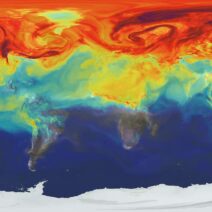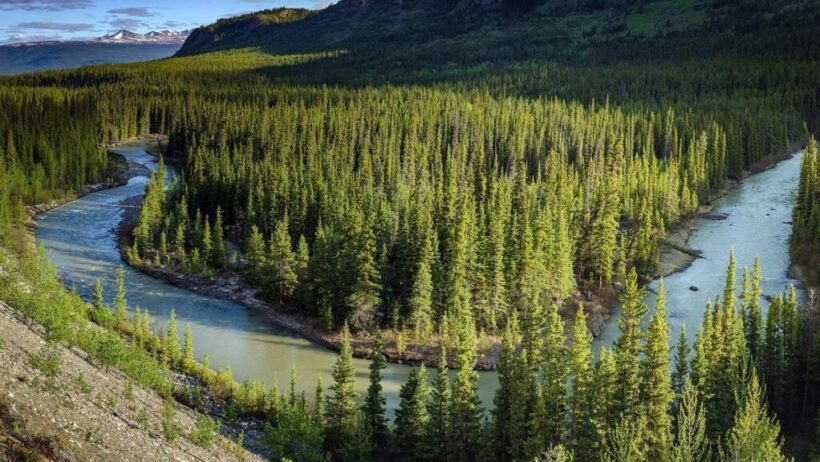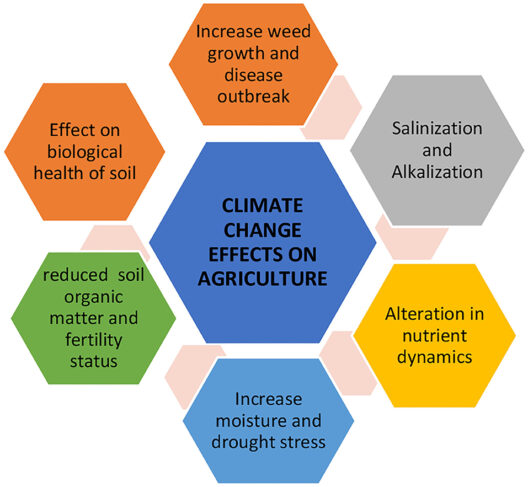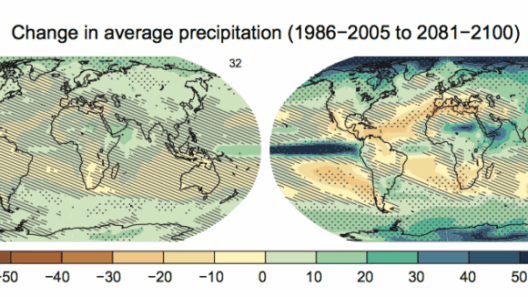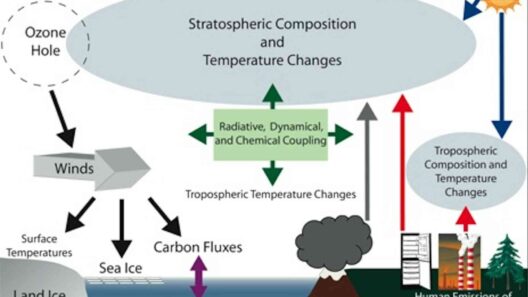The boreal forests, also known as taiga, represent one of the largest terrestrial biome on the planet, stretching across Canada, Alaska, Russia, and parts of Scandinavia. These vast expanses of coniferous forests are characterized by their extreme temperatures, heavy snowfall, and unique ecological phenomena. However, the increasing threat of global warming is significantly altering the landscape of these vital ecosystems, prompting a critical examination of their health and sustainability.
Ecological Significance of Boreal Forests
Boreal forests are indispensable to the earth’s ecological balance. They sequester vast amounts of carbon, playing a pivotal role in mitigating climate change. These forests are estimated to store more carbon per hectare than any other forest type, creating a natural buffer against the impacts of global warming. Furthermore, these ecosystems are home to a multitude of species, including endangered animals such as the lynx and the boreal owl. The complex interdependencies between flora and fauna demonstrate the intricate tapestry of life that is woven within these forests.
Climate Change: The Driving Force Behind Transformation
The boreal forests are currently facing unprecedented challenges due to climate change. Global temperatures are rising at an alarming rate, leading to dramatic alterations in precipitation patterns, increased frequency of wildfires, and the proliferation of pests that are decimating tree populations. Warmer winters are affecting the forests’ ability to withstand infestations, while prolonged dry periods exacerbate the risk of wildfires. The recent increase in the intensity and duration of these fires has transformed vast areas of boreal forest into ashes, irreversibly altering their ecological function.
In addition to wildfires, the thawing of permafrost, a critical characteristic of many boreal regions, adds another layer of complexity to the threat posed by climate change. As permafrost melts, it releases significant amounts of methane and carbon dioxide, creating a feedback loop that further accelerates global warming. This phenomenon not only magnifies the greenhouse effect but also intensifies the vulnerabilities of the boreal forests themselves.
Diversity Under Duress: Flora and Fauna at Risk
The boreal forest sustains an eclectic array of plant and animal life, but these populations are increasingly at risk. Species such as black spruce, jack pine, and cedar are struggling to adapt to the rapidly changing climate, affecting the overall biodiversity of these forests. Many trees are experiencing shifts in their growth cycles, blossom times, and seed dissemination patterns due to fluctuating temperatures. If these trees cannot adapt quickly enough, the entire forest may shift composition, resulting in a less diverse habitat.
The fauna that rely on boreal forests for sustenance and shelter face similar challenges. Species adapted to cold climates, such as the caribou, are confronting changes in their migratory patterns and feeding grounds. Habitat degradation is leading to increased competition among species as they vie for dwindling resources. As the landscape transforms, the delicate balance of the boreal ecosystem is disrupted, prompting concerns about the long-term viability of these animals.
Human Impact: Economic and Cultural Ramifications
The boreal forests hold significant economic value, providing resources such as timber, minerals, and recreational opportunities. However, human activities—especially industrial extraction—are compounding the pressures on these delicate ecosystems. Deforestation and logging not only contribute to habitat loss but also exacerbate the effects of climate change by reducing the carbon-storing capacity of the forests.
Moreover, indigenous communities, who have historically relied on the boreal forests for their livelihoods, are facing existential threats due to these environmental shifts. Their cultural practices, which are intricately tied to the land, are at risk as the ecosystems they depend upon transition out of existence. The erosion of their culture and identity poses significant socio-economic challenges that further complicate the discourse surrounding boreal forest conservation.
Strategies for Conservation and Restoration
Addressing the looming crisis of the boreal forests necessitates a multi-faceted approach focused on conservation, restoration, and sustainable management. Establishing protected areas can help to safeguard critical habitats from exploitation and degradation. Such initiatives must be complemented by efforts to involve indigenous communities in decision-making processes, ensuring that traditional ecological knowledge is incorporated into conservation strategies.
Moreover, policies aimed at mitigating climate change, including reforestation and afforestation initiatives, are crucial. Replanting native species can enhance the resilience of boreal forests, enabling them to better withstand climatic fluctuations. Reducing carbon emissions on a global scale is imperative; without concerted action, the boreal forests may not survive the century.
The Path Ahead: A Collective Responsibility
The plight of boreal forests amidst global warming is a clarion call for collective action. It underscores the interconnectedness of human and environmental systems. As stewards of the planet, it is our responsibility to advocate for the preservation of these invaluable ecosystems for future generations. The boreal forests carry the promise of a sustainable future—if we act decisively to protect them now, we can pave the way for a healthier planet, enriched with biodiversity and resilient against the morbidity of climate change.


